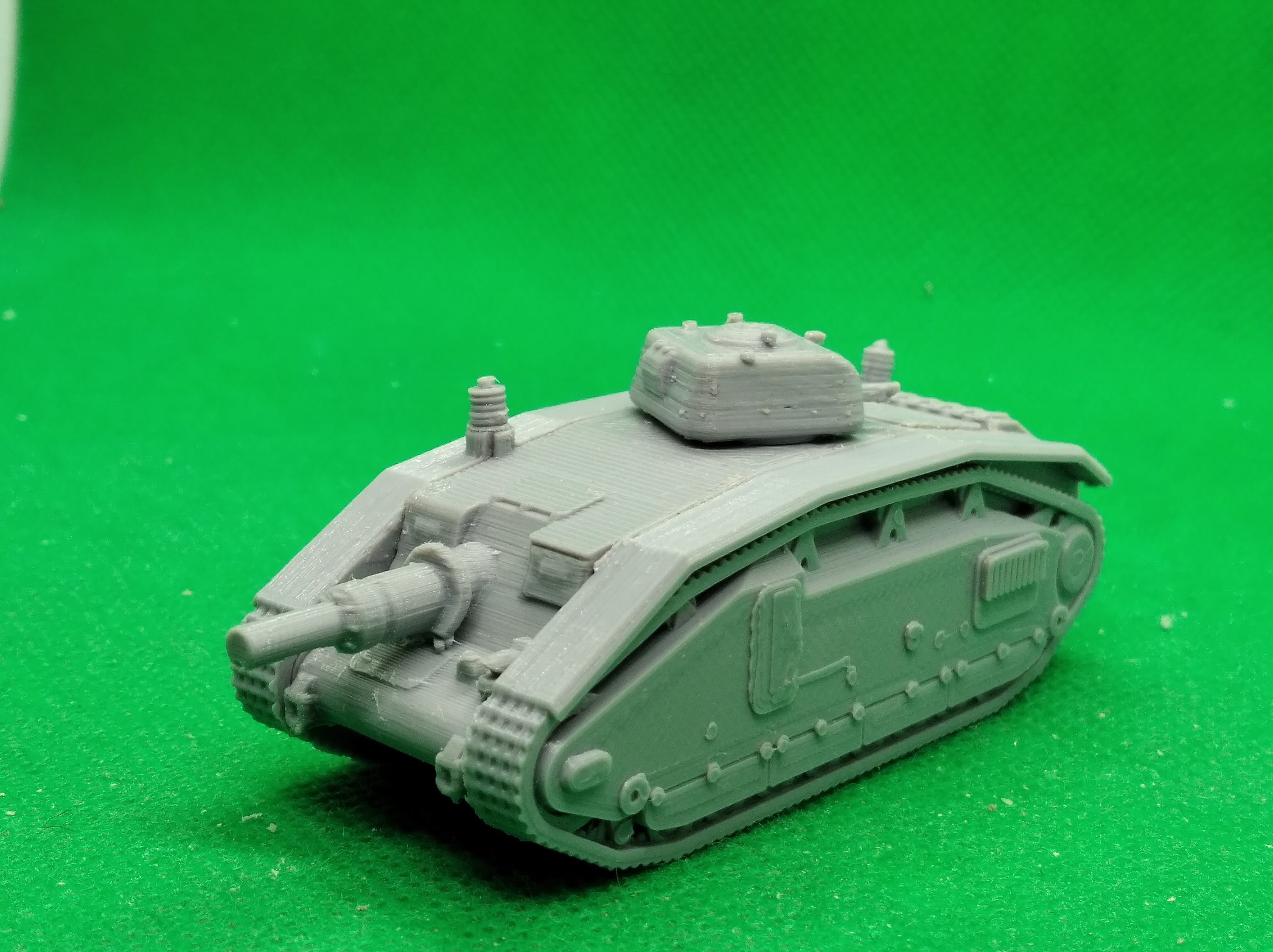
Silhouettes of an early Avro 698 concept and the cancelled Avro 710

The Vulcan had no defensive weaponry, initially relying upon high-speed, high-altitude flight to evade interception. Although the Vulcan was typically armed with nuclear weapons, it could also carry out conventional bombing missions, which it did in Operation Black Buck during the Falklands War between the United Kingdom and Argentina in 1982. As a part of the V-force, the Vulcan was the backbone of the United Kingdom's airborne nuclear deterrent during much of the Cold War. The B.2 featured more powerful engines, a larger wing, an improved electrical system, and electronic countermeasures, and many were modified to accept the Blue Steel missile.

The Vulcan B.1 was first delivered to the RAF in 1956 deliveries of the improved Vulcan B.2 started in 1960. Several reduced-scale aircraft, designated Avro 707s, were produced to test and refine the delta-wing design principles. Of the three V bombers produced, the Vulcan was considered the most technically advanced, hence the riskiest option. Roe and Company ( Avro) designed the Vulcan in response to Specification B.35/46.

The Avro Vulcan (later Hawker Siddeley Vulcan from July 1963) is a jet-powered, tailless, delta-wing, high-altitude, strategic bomber, which was operated by the Royal Air Force (RAF) from 1956 until 1984.


 0 kommentar(er)
0 kommentar(er)
